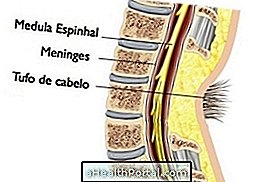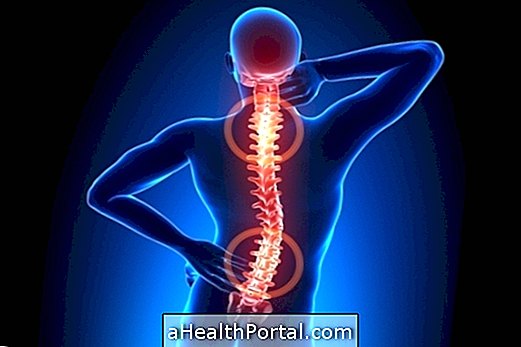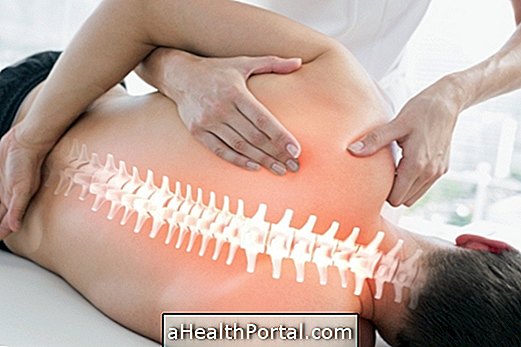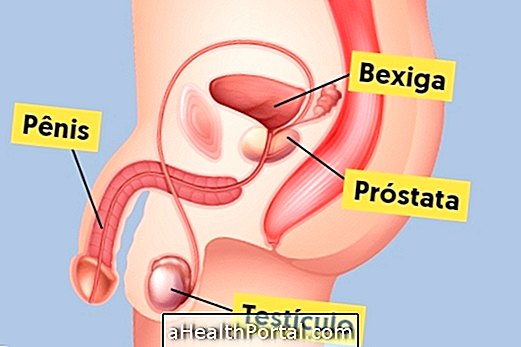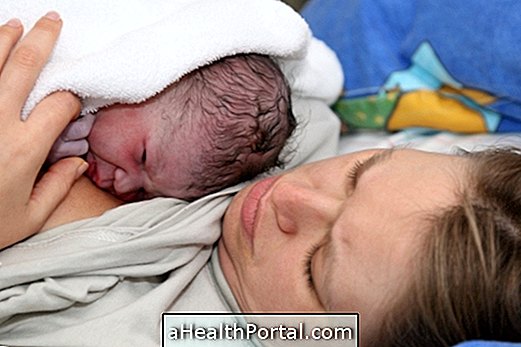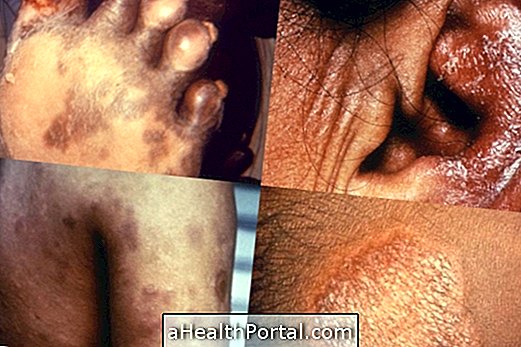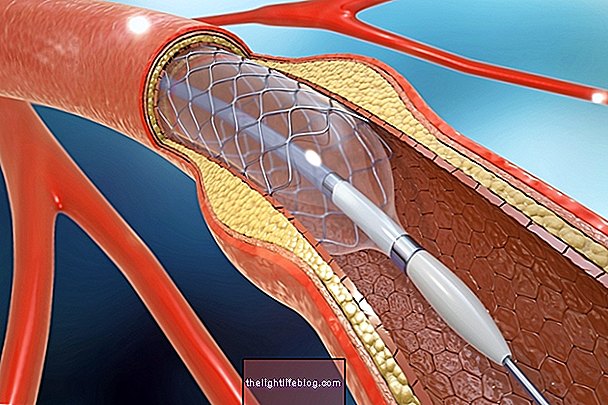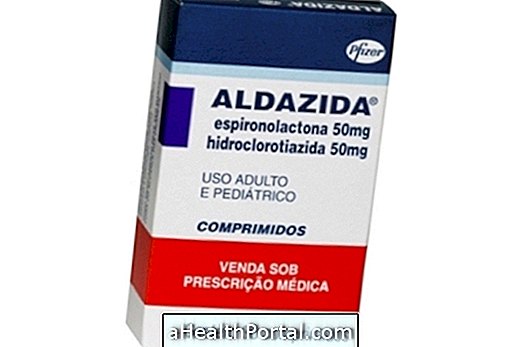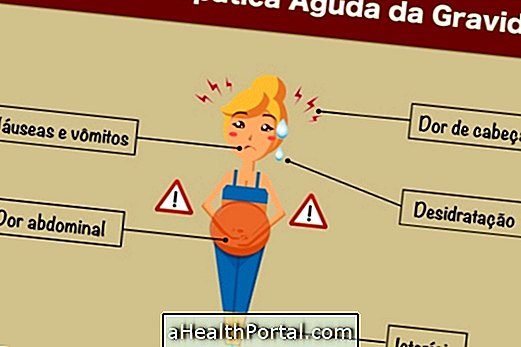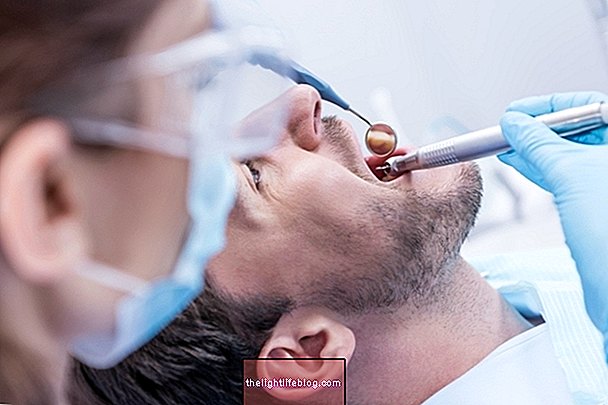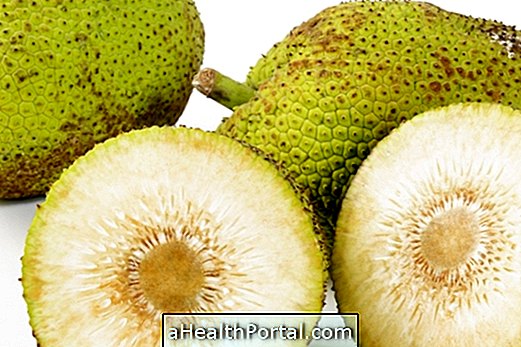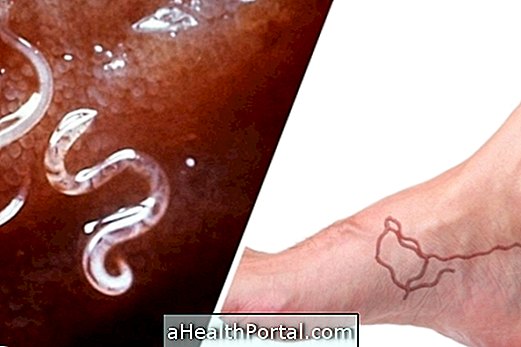Arthritis is an inflammation of the joints that generates symptoms like pain, deformity and difficulty in movement, which still has no cure. In general, your treatment is done with medications, physical therapy and exercise, but in some cases surgery may be used.
Osteoarthritis, as it is also called, can be caused by trauma, overweight, eating, natural wear and tear of the joint or due to a change in the immune system of individuals with genetic predisposition to it.
It can be of various types such as rheumatoid arthritis, septic arthritis, psoriatic arthritis, gouty arthritis (gout) or reactive arthritis depending on its cause. Therefore, for the diagnosis of arthritis, it is necessary to perform specific tests.
Arthritis and arthritis are the same disease
The name Arthritis is more generic because it does not define its cause or pathophysiology, so the term arthritis now indicates the same as arthrosis.
This change in nomenclature happened because it was discovered that in every case of arthrosis there is always a small inflammation, which was the main characteristic of arthritis. However, when it comes to rheumatoid arthritis, psoriatic arthritis or juvenile arthritis, the terms remain the same. But whenever it refers only to Arthritis, this is actually Arthritis, although the most correct terms for these two diseases are Osteoarthritis and Osteoarthritis.
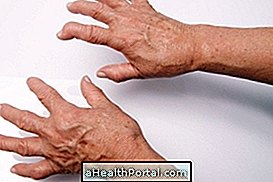

Symptoms of Arthritis
If you think you may have arthritis, point out your symptoms and discover the risk of having the disease:
- 1. Constant pain in the joint, most common in the knee, elbow or fingers Yes No
- 2. Stiffness and difficulty in moving the joint, especially in the morning.
- 3. Hot, red and swollen joint Yes No
- 4. Deformed joints Yes No
- 5. Pain when tightening or moving the joint Yes No

These symptoms can occur in people of any age, including children, and it is very common for more than one joint to be affected at the same time. Osteoarthritis is one of the most common chronic inflammatory diseases in women, obese and in individuals over 40 years of age. However, some types are more common in men, as is the case with gouty arthritis.
Is Arthritis Cure?
Arthritis still has no cure and therefore is a chronic disease, but the individual can resort to various forms of treatments whenever it becomes painful and compromise their daily activities.
Living daily with a chronic illness is not easy, and this is a delicate and time-consuming process that requires a lot of effort and dedication. Here are some tips to help you learn to live with a disease that has no cure.
In order to bring relief of pain and improvement of movement capacity, it is recommended to eat carefully, drink plenty of water and avoid over-consumption of foods rich in protein, as well as resorting to anti-inflammatory drugs, immunosuppressants, prescribed by the rheumatologist, and physiotherapy. Surgery for the placement of a joint prosthesis can in many cases represent the cure of arthritis in that joint, as in septic arthritis, for example, but it is not always that it can be performed.
Tests to confirm whether it is arthritis

In order to diagnose osteoarthritis, the orthopedic doctor may, in addition to observing the clinical signs of the disease, such as joint deformity and inflammatory characteristics, request an x-ray examination to confirm local swelling and joint deformity. You may need tests such as CT or MRI, but hearing the patient's complaints is usually sufficient for diagnosis.
In some cases, the laboratory tests that can be requested by the rheumatologist to find out what type of arthritis the person has, are:
- Rheumatoid factor to know if it is rheumatoid arthritis;
- Puncture of the synovial fluid of the affected joint to know if it is septic arthritis;
- Eye evaluation by the ophthalmologist to find out if it is juvenile arthritis.
Osteoarthritis does not lead to changes in the common hemogram, and so there is a popular way of saying that arthritis is not rheumatism in the blood.
Pain caused by arthritis can worsen when the weather changes or when it rains and this is a common condition. Although science still does not explain why this happens, there are 4 theories accepted. Find out what they are and how to relieve this pain here.
Treatments for arthritis
The treatment for arthritis basically aims to alleviate the symptoms of the disease and improve its function because the joint wear and tear can not be totally reversed. For this, one can resort to medicines and changes in lifestyle, where it is recommended to avoid physical efforts. The diet should also be rich in anti-inflammatory and poor in industrialized foods such as sausages and bacon. For more tips, see how eating can improve arthritis.
The main treatments for osteoarthritis are:
Remedies for arthritis
They may be prescribed by the general practitioner or orthopedist Paracetamol, Ibuprofen, in addition to ointments containing ketoprofen, felbinaco and piroxicam, and other substances such as glucosamine sulfate or chloroquine. When these are not enough, a corticosteroid injection may be used every 6 months or once a year.
To prevent the progression of the disease, medicines such as Infliximab, Rituximab, Azathioprine or Ciclosporin, for example, may be indicated.
Physiotherapy for arthritis
Physical therapy can greatly help the patient with arthritis. Through physiotherapeutic treatment, the inflammation may decrease and it will be easier to perform the movements. Anti-inflammatory, analgesic and stretching exercises and joint mobilization may be used to preserve joint movements and prevent new deformities from occurring.
Physiotherapy should be performed at least 3 times a week until complete remission of arthritis symptoms. It is up to the physiotherapist to decide what resources to use to treat this disease. Learn more about this treatment in: Physiotherapy for arthritis.
The practice of exercises such as swimming, water aerobics and Pilates is also indicated, as they help fight inflammation and help in muscle strengthening.

Surgery for arthritis
If the doctor feels that the joint is very worn and if there are no other drawbacks, he may suggest having surgery to place a prosthesis in the site of the affected joint. One of the joints that have the most surgical indication is the hip and then the knee. See more details on what arthritis treatment should look like.
Natural Treatment for Arthritis
A great natural treatment to supplement the usual arthritis treatment is to take herbal teas and infusions, such as ginger and saffron.
The consumption of cayenne pepper and oregano daily also acts as a powerful natural anti-inflammatory, as well as massaging the affected sites with essential lavender or cat's claw oil.
Here are the natural painkillers you can take to relieve arthritis pain:

Caution : natural treatment does not exclude the medical and physiotherapeutic treatment of arthritis, it only contributes to a faster and more satisfactory result.
What can cause arthritis
Natural joint wear is one of the most common causes of arthritis, but this disease can also be caused by overweight, overuse, age, direct or indirect trauma, genetic factor and due to fungi, bacteria or viruses, which install themselves through the bloodstream at the joint, generating the inflammatory process. If this process is not reversed in time, it can lead to complete destruction of the joint and consequent loss of function.
If you are in doubt about what is causing your arthritis talk to your doctor or physical therapist.
Generally osteoarthritis arises from the age of 40, but younger people may also be affected. One type of arthritis that manifests in children is juvenile arthritis. However, its most common form, particularly affects older people over 65 years of age.

